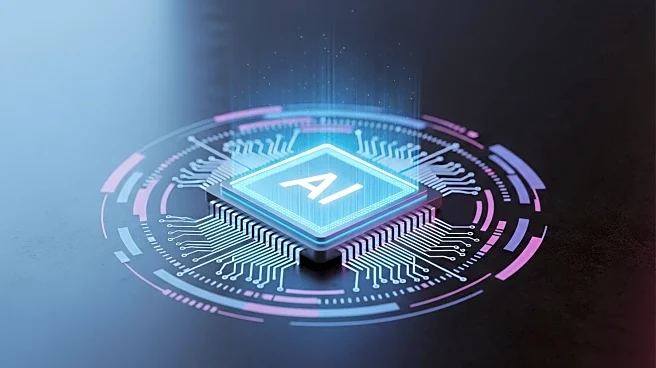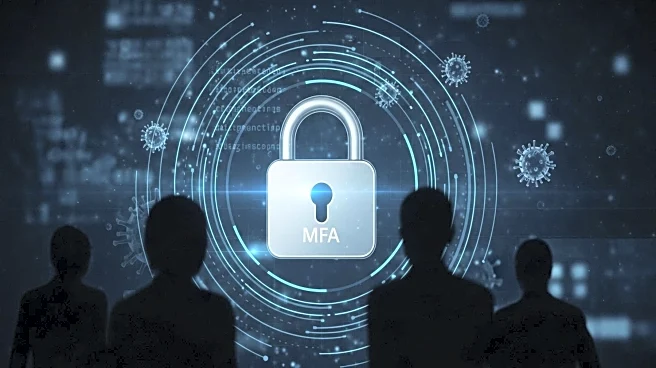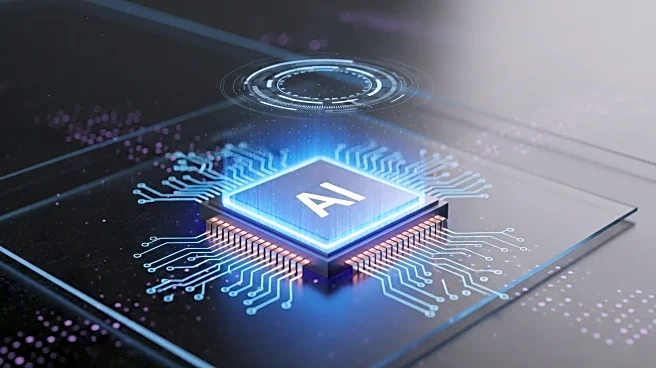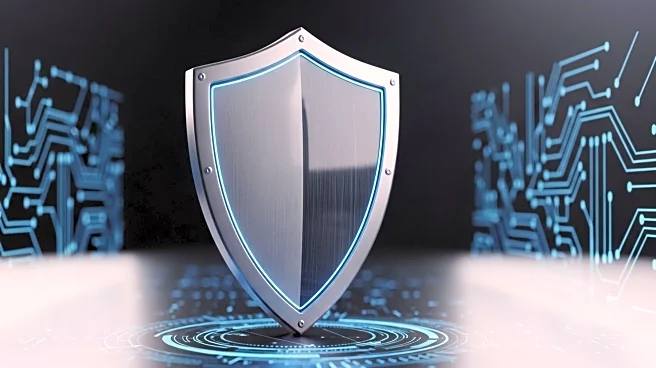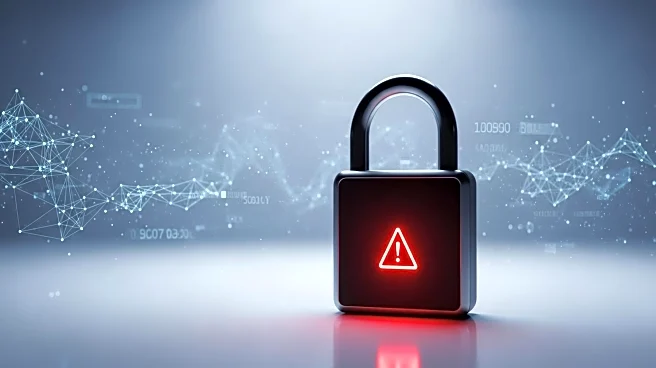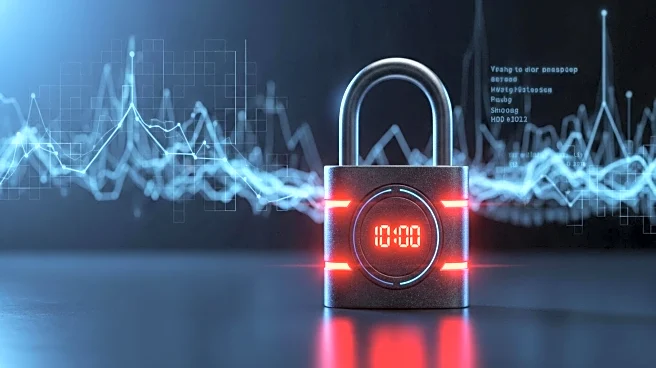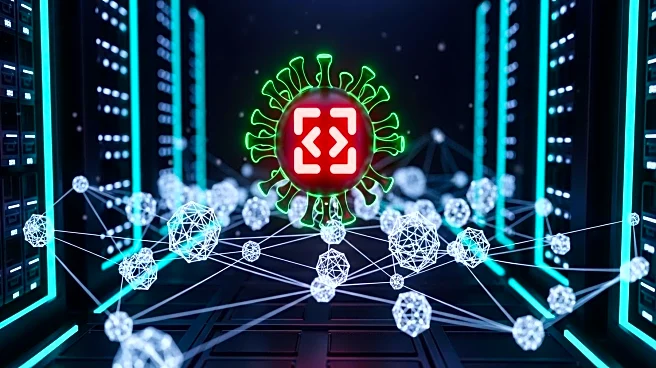What's Happening?
A threat actor inadvertently exposed their cyber operations by installing Huntress security software on their own machine. This incident provided analysts with a unique insight into the use of artificial intelligence and automation in cybercrime. The actor, identified through a known machine name and browser history, was observed testing various security tools and utilizing platforms like Make.com for workflow automation. Additionally, they researched Telegram Bot APIs to enhance their operations. The data revealed the actor's interest in AI-driven text and spreadsheet generators, which are used to craft phishing messages and manage stolen information.
Why It's Important?
This accidental exposure highlights the sophisticated methods employed by cybercriminals, particularly the integration of AI and automation to streamline their operations. The incident underscores the growing threat posed by AI-enhanced cyber attacks, which can lead to more efficient and targeted phishing campaigns. For cybersecurity professionals, this serves as a reminder of the importance of staying ahead of technological advancements used by adversaries. It also emphasizes the need for robust security measures and continuous monitoring to detect and prevent such activities.
What's Next?
The exposure of these operations may lead to increased scrutiny and development of countermeasures by cybersecurity firms. Companies might invest more in AI-driven security solutions to detect and mitigate similar threats. Additionally, there could be a push for greater collaboration between cybersecurity agencies and private firms to share intelligence and improve defenses against AI-powered cybercrime.
Beyond the Headlines
The incident raises ethical questions about the use of AI in cyber operations, both by attackers and defenders. As AI technology becomes more accessible, the potential for misuse increases, necessitating discussions on regulations and ethical guidelines. Furthermore, the reliance on automation and AI in cybercrime could lead to long-term shifts in how cybersecurity strategies are developed and implemented.
